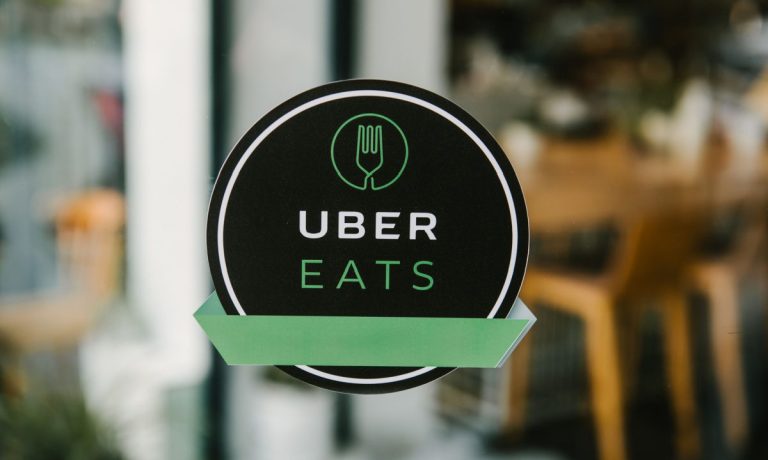
Uber Eats is reportedly removing thousands of virtual brands it says have cluttered its platform.
Company officials told The Wall Street Journal (WSJ) Monday (March 27) that these brands — delivery services that don’t have a physical storefront — exploded on food aggregator apps during the pandemic.
In the case of Uber Eats, such businesses jumped from north of 10,000 in 2021 to more than 40,000 this year.
It’s led to a “Wild West, anything goes kind of situation,” John Mullenholz, who handles this aspect of the business for Uber Eats, said in an interview with the WSJ, adding that customers are “effectively seeing 12 versions of the same menu.”
He added, “It’s fair to say that kind of erodes consumer confidence.”
The company will remove 5,000 online storefronts, which accounts for about 13% of virtual brands in North America. Mullenholz said the cuts are focused on online-only brands with duplicate menus, though the parent restaurants will remain on the app.
The WSJ report also quotes Sam Brown, a student in New York City who says ordering from apps has become daunting due to the prevalence of virtual brands.
“The other day I typed breakfast and literally had like 20 restaurants with the same menu blow up in my face,” said Brown, 22, who added that he ultimately headed to a Starbucks.
Uber Eats’ move is happening at a moment when the pressure of inflation has led consumers to reassess things like spending to have meals delivered.
Data from the February edition of PYMNTS’ Connected Dining study, “Connected Dining: Rising Costs Push Consumers Toward Pickup,” shows that close to half of all consumers have been more likely to pick their restaurant orders up rather than get them delivered.
Meanwhile, restaurants are encouraging customers to shift from ordering delivery to picking up their orders. Late last year, pizza chain Domino’s resurrected a promotion that offers a $3 credit to customers who order carryout, “tipping” them the same way diners would tip a delivery driver.
“Inflation impacted delivery due to the added expenses of fees and tips on that channel,” the pizza chain’s CEO Russell Weiner said at the time. “Our research shows that a relatively higher delivery costs during inflationary time leads some customers to prepare meals at home instead of getting them delivered.”